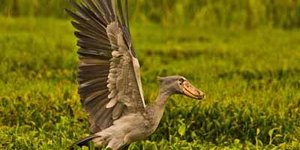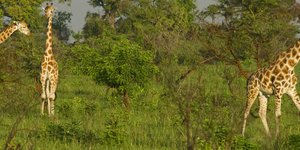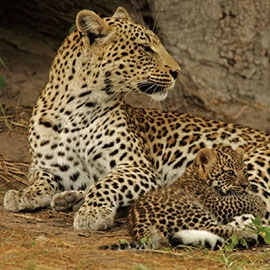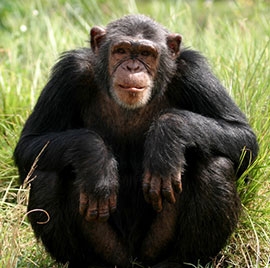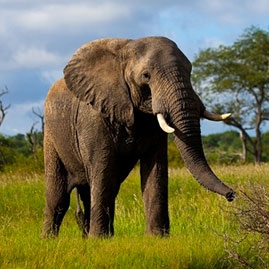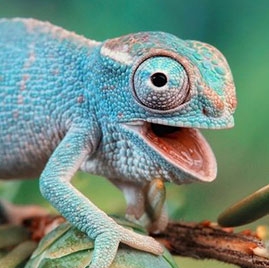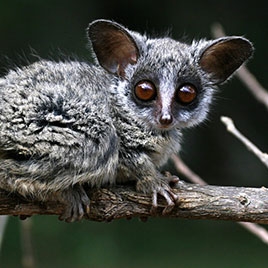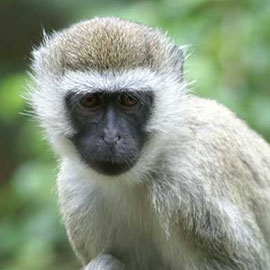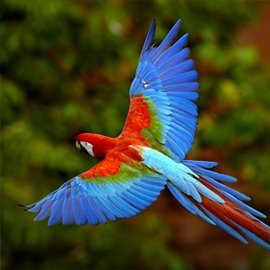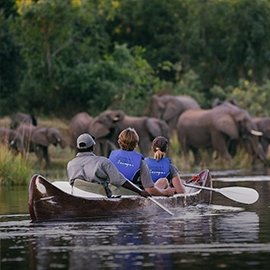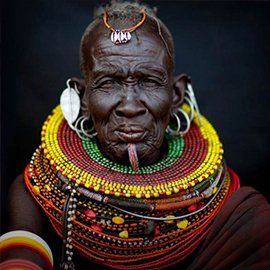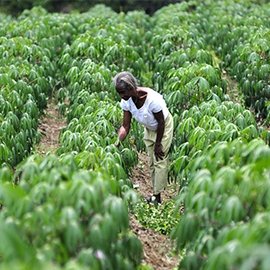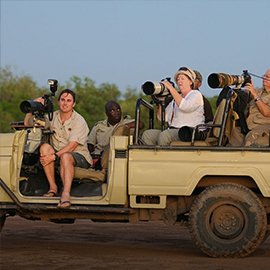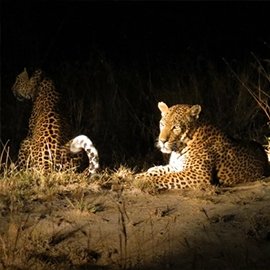Semuliki National Park
Safari suitability: 8/10
Find your tourFour of the big five. Plus there’s the option of going on game drives after dark to observe nocturnal species.
What YAS members think
Highlights
- Semuliki National Park is Uganda’s newest park, made up mostly of tropical lowland forest
- The park is home to four indigenous human populations who depend on natural resources for their survival
- There is a diverse wildlife population, with nine primate species and a large portion of the country’s total bird population
- Visit from June through August or December through February, when the weather is drier and there is less risk of flooding
- Sempaya hot springs, where you can boil an egg in under 10 minutes
About Semuliki National Park
Semuliki National Park started out as Semuliki Forest Reserve and was upgraded to National Park status in 1993, making it Uganda’s youngest national park. It is the only park in Uganda made up primarily of tropical lowland forest, covering 220 km² (85 mi²). Located at the western end of Uganda, with an altitude between 670m (2,198 ft) and 760m (2,493 ft) above sea level, the park stretches across the Semliki Valley and is an eastern extension of the Ituri Forest—one of Africa’s oldest and most biodiverse forests—in the Democratic Republic of Congo.
Wildlife of Semuliki National Park
The surrounding areas of Semuliki National Park are home to four human populations: the Bamba and Bakonjo, found in the valley and slopes of the mountain; the Batuku, who live along the valley floor; and the Batwa, originally from Ituri. Semuliki National Park also has a diverse wildlife population. It is home to over 50 mammal species, including forest buffalo, elephants and leopards. There are nine species of diurnal forest primates, including the chimpanzee and olive baboon, as well as nocturnal primates. A large portion of the country’s total bird population—over 400 species—resides in the park, including the forest ground thrush and lyre-tailed honeyguide. The park contains species that are endemic to its makeup, including the pygmy antelope and flying squirrels. Nearly 400 species of butterflies have also been recorded.
The park offers activities such as hiking, nature walks, birding and visits to hot springs. Additionally, because the Batwa have historically relied on the forest for survival, visitors may encounter an indigenous community that continues to reside in their traditional homes located within the compounds of the park.
Sempaya Hot Springs
The Sempaya Hot Springs are popular with tourists and locals. The water in these geothermic springs bubbles out at 103 C, making it possible to cook foods such as eggs and matooke. Sempaya has a female and male hot spring. The male hot spring is referred to as Mumbugu by the local Bamaga people. Local men can make sacrifices for wealth and other wishes.The female hot spring, called Nyasimbi, is often visited by local women with fertility needs. The Sampaya nature trail leads to each of the hot springs and offers a nice opportunity to stretch the legs.
Best times of year to visit Semuliki National Park
It is best to visit during the dry season, which is roughly: June through early September and December through March. The rainy season is from March through May and again from September through November. In general, the average annual temperatures are between 16 C (60 F) and 30 C (86 F). Temperatures tend to be slightly higher in the southern areas of the park. Various rivers and streams drain through the park, which is very flat overall, and as a result, the park tends to flood during the rainy season.
Semuliki National Park is a unique destination with many geographical findings. The hot springs are more than evident that the protected area has lasted a long time to have these earth features happen, the hot springs are both female and male called sempaya. The locals attach traditional stories to the area like the female spring has blessings for fertility in women and are used for medicinal purposes.
Sort by:
Our friends ran the lodge in Tooro-Semliki Wildlife Reserve, on the way to Semuliki National Park, for several years, so their home became our respite from the forest on many occasions. Both the reserve and the park are quite low-key - don't go expecting to see the big 5 (though lion, leopard, elephant and buffalo do still remain in the reserve). Go for the quiet, for the chance to relax in wilderness without always bouncing around on a game drive, for the open expanses and privacy that few national parks anywhere in the world can offer. Probably not a stop for your first safari if it only lasts 2 weeks. Definitely to be included on your second or third, which should last at least a month. There's also chimps here, living in a ribbon of riverine forest. Not 100% that you'll see them, which makes it more of an adventure, more wild. And, the best place in the world to see the elusive Shoe-billed stork. After a few days at the reserve, before heading back to the main circuit, spend a day in the national park to see the hot springs and waterfalls and a great drive through the Rwenzoris.
The Semliki valley is a small corner of the DRC poking into Uganda. This outstanding valley lies at the foot of the Albertine Rift to the west of Fort portal, and it is the only lowland rainforest making a continuation to the huge Ituri forest in the DRC. The valley is magnificently divided into two by the Rwenzori foothills hence offering the best view of Mt. Rwenzori slopes, Lake Albert and the Semliki River making its way to DRC. Bird- watchers come from all regions of the world to view the central African bird species residing in the forest such as the Congo serpent eagle found nowhere else in East Africa. Meet the elusive mammals of Semliki like Zenkers flying mice, dwarf antelopes alongside the forest variety elephants and buffalo, but they are quite smaller in size compared to their brethren in other open savannah areas. Most visitors come here to see the hot springs. Although the hot springs are worlds away from the geysers of Rotorua (New Zealand) and Iceland. Notice that there are female and male hot springs of the Semliki, the female just behind the Sempaya entrance, features a little of the geyser while the male spring which is roughly 30 minutes walk from the female can fill a 12m pool. To enjoy your trip to the hot springs, carry some eggs and enjoy preparing your meal in the boiling water. There are two other hiking options in Semliki, Kirimia trail which is a full day trail through the thick forest and a favorable destination for the bird-watchers and the shorter trail though very hilly, the red monkey trail. Both trails end at Semliki River which majestically forms a border between Uganda and DRC. Outside the Semliki Park is the Batwa pygmy village which was relocated here after the park was established.
Located in Bundibugyo District, lying beyond Mountain Rwenzori on the floor of Semuliki section of the Albertine Rift Valley, Semuliki National Park is the extension of Ituri Forest. it is the only lowland tropical rain forest and one of the richest flora and fauna biodiversity in East Africa. It is famous due to its varied bird population totalling to 435 bird species which is 34% of Uganda's total, mammal species like Chmpanzee, Leopards, Crocodiles, olive baboon, forest buffaloes, flying squirrels and blue duiker, and 336 tree species plus almost 300 butterfly species.wow Around the park is amazing Sempaya Hot springs which attracts wetland birds and supplies salt for other animals. Accomodation in and around the park is available and the finest alternative is Ntoroko Game Lodge which has great, well trained, social and welcoming staff as well as great services at the.
Named for the river which forms the Congolese border and established in 1993, Semuliki National Park is Uganda's newest park. The locals say it is the only real jungle in east Africa, the over 300 tree species recorded in the park back this fact. I was here for a day , having visited most of Uganda's national parks, I couldn't miss this expedition before leaving. What greets you when you enter the park is a damp cold ghostly atmosphere (if you traveled without company you wont like it). I was provided an armed guide by the Uganda Wildlife Authority on entry. Arm yourself with some bug spray and take an anti malaria shot as this is a swampy tropical area. I had come here for the jungle walk but as I found out there were no camping facilities or accommodation within the park so we had to hasten the famed jungle walk so I could go and find accommodation in the nearby town.The jungle walk took us to the river Semuliki banks, this offered scenic views of the forest with the hot springs fuming and oozing hot waters two meters high, you can boil eggs or other food in a natural boiler within the springs. There were tonnes of beautiful birds swaying across the river, from the water birds to egrets and kingfishers. I tried a bit of fishing on the river bank to no avail. I did not see any game animals except for a few monkeys jumping here and there.At the end except for some awesome photographs I took the walk was a bit boring but the guide made up for that with his spot on jungle facts and humorous conversations. All in all if you have some spare time you can visit Semuliki national park for a relaxed atmosphere, modest hike and good scenery . You can access Semuliki national park by road. There are two major roads from Kampala : Kampala fort portal via Mubende which is about 180km. (5 hr drive) while Kampala via fort portal via Masaka and Kasese is about 460km (7 hr drive).
Driving to Semuliki National Park
Driving from Entebbe international airport will take at least six hours, in normal conditions. Semuliki is also about an hour away from Kibale Forest National Park, which makes it a nice add-on destination for those visiting this and Queen Elizabeth National Park.
Flying to Semuliki National Park from Entebbe
It is possible to fly here from Entebbe. The flight is around two hours in duration and may be direct or may stop first at other parks. Aerolink Uganda is one airline that services this route.
The following airlines travel to Semuliki National Park

AeroLink Uganda Limited is a domestic airline offering both scheduled and charter flights into Uganda's national parks. From its base at Entebbe International Airport, AeroLink using its Cessna Grand Caravans, offers daily flights into Bwindi Impenetrable Forest (Kihihi and Kisoro airstrips), Queen Elizabeth National Park (Kasese and Mweya airstrips), Murchison Falls (Bugungu, Pakuba and Chobe airstrips), Semuliki National Park (Semliki airstrip) and Kidepo Valley National Park (Apoka airstrip). Effective 1st June 2019, in partnership with its sister company Airkenya Express Limited, Aerolink commenced scheduled flights from Entebbe International Airport to the famous Maasai Mara in Kenya via Kisumu International Airport for Immigration. AeroLink Uganda is affiliated to Airkenya Express in Kenya and Regional Air Services in Tanzania. Visit website
Also flies to:


Semuliki map
Nearby parks and game reserves
Related articles
Latest photos
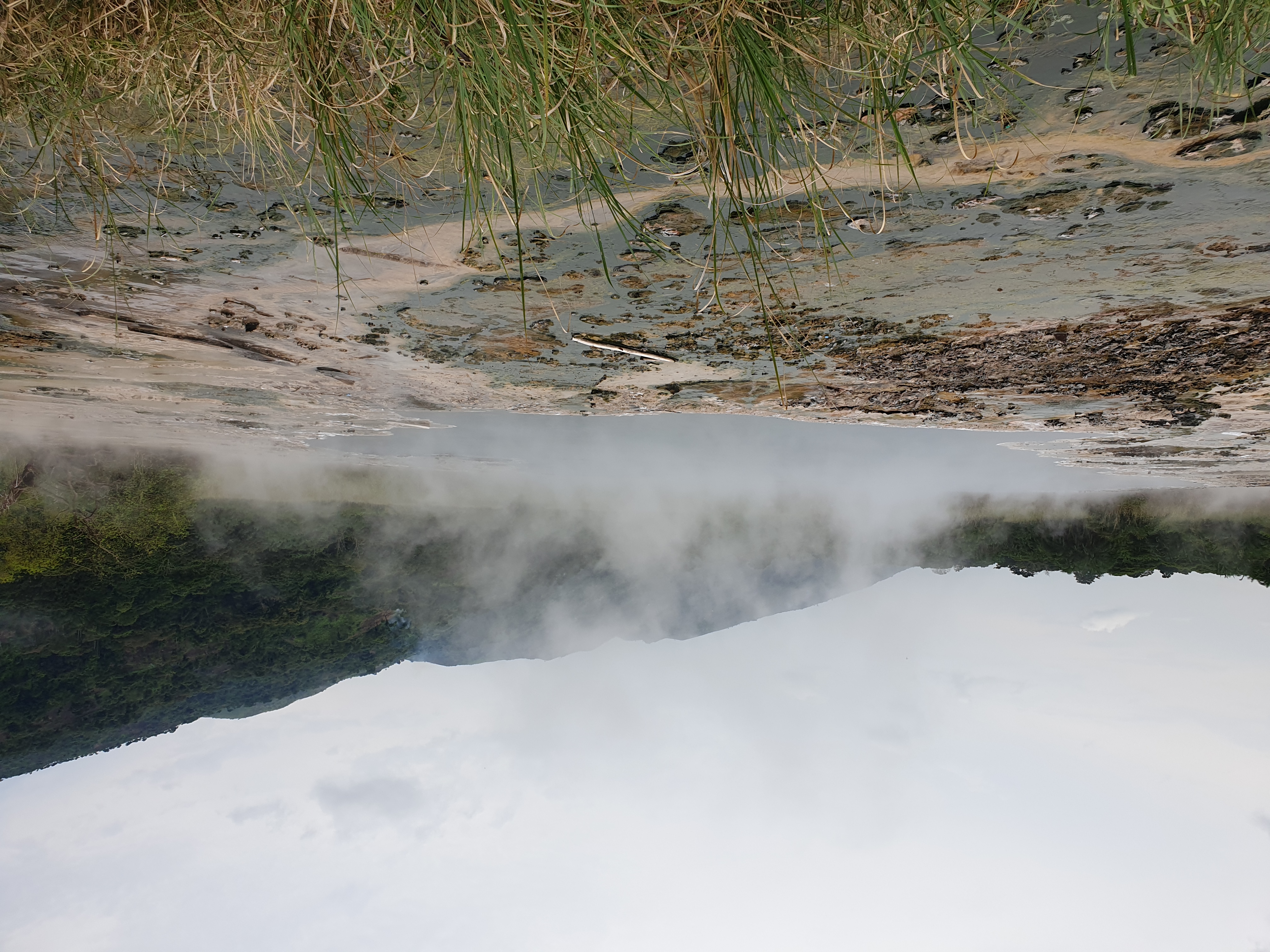


 Uganda
Uganda
 United States
United States
 Kenya
Kenya
